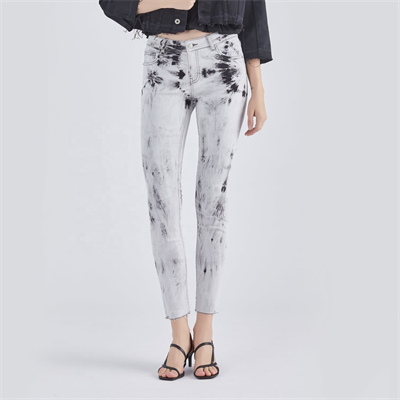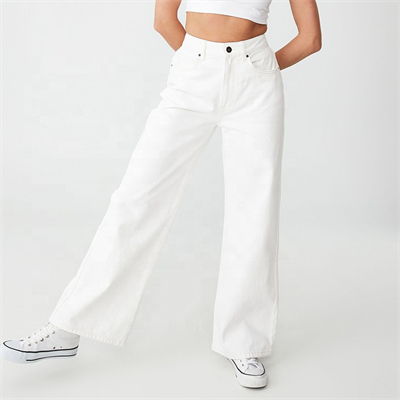How much do you know about denim?
As a super fan of jeans, the knowledge of the brand, style, model, and version of jeans is definitely not less. A good pair of jeans is inseparable from good workmanship, but the most basic part is denim fabric. The better the fabric fits the body, the more it has a charm, and the longer it is worn, the more denim it feels. And if the fabric is poor, you won’t be able to wear it if you wash it a few times.
Denim began in the western United States, and its name was used by herders to make clothes. The warp yarn adopts the sizing dyeing combined one-step dyeing process. The special numbers are 80tex (7 British sticks), 58tex (10 British sticks), 36tex (16 British sticks) and so on. The weft yarn features are 96tex (6 British counts), 58tex (10 British counts), 48tex (12 British counts) and so on. 3/1 weave is adopted, and denim with varying twill weave, plain weave or crepe weave is also adopted. The grey fabric has been treated with shrink-proof finishing, and the shrinkage rate is lower than that of ordinary fabrics. The texture is tight, thick, bright in color and clear texture. Suitable for men’s and women’s jeans, denim tops, denim vests, denim skirts, etc.
Denim is made of pure cotton indigo dyed warp yarns and natural weft yarns. It is made of three-on-one right twill weave. Generally can be divided into three categories: light, medium and heavy. The width of the cloth is mostly between 114-152 cm.
Cloth weight (grams/square meter) Yarn count thickness (English count). Lightweight 200-340 grams/square meter (6-10 ounces/square yard) 12×12 or more. Medium 340-450 grams/square meter (10-13 ounces/square yard) 10×10. Heavy duty over 450 grams 7×6.

















